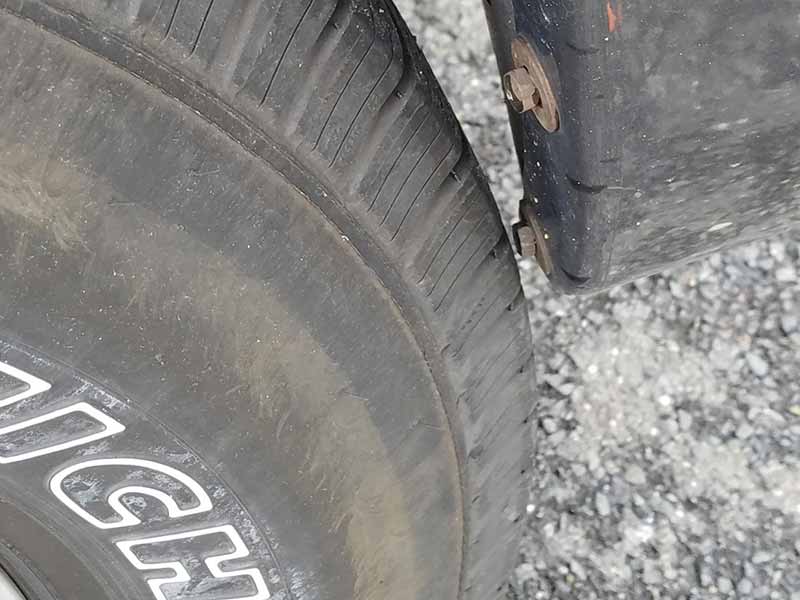You’ve probably experienced it at least once – that annoying sound of rubber scraping against metal. We can’t stress enough the importance of addressing this pesky problem. Not only can tire rubbing damage your vehicle, but it can also compromise your safety on the road.
Front Tires Rubbing When Turning?
Front tires that rub in turns can be caused by a few different issues, including improper tire sizes, incorrect wheel alignment, and worn suspension components.
Fixing the problem promptly ensures a safer driving experience and prevents further damage to your vehicle’s tires and other components.
In this article, we’ll guide you through the ins and outs of tire rubbing, uncovering its causes, potential dangers, and providing practical solutions to ensure a safe and smooth driving experience for you and your vehicle.
Let’s take a closer look.
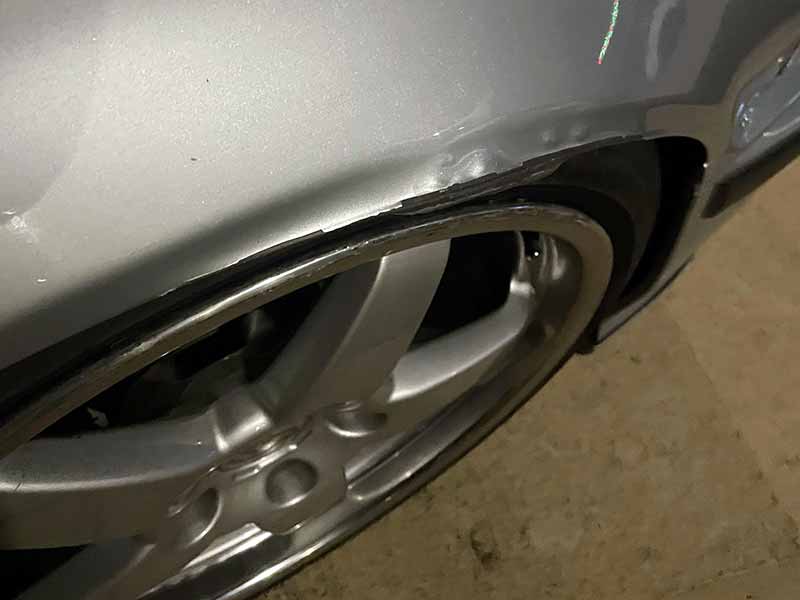
Common Causes of Tire Rubbing
When you notice that your tires are rubbing when turning, there could be a few different reasons. We’ll go over some of the main ones so you can better understand what might be going on with your car or truck.
Incorrect Tire Size
One of the main reasons for tire rubbing is using the wrong size tires on your vehicle. When tires are too large for the vehicle’s specifications, they can easily rub against the fenders, wheel wells, or suspension components. This is especially noticeable when turning or driving over bumps. To avoid this issue, make sure to consult your vehicle’s owner’s manual or consult with a tire professional to ensure you are using the correct size tires for your specific car or truck.
Wheel Misalignment
Over time, your wheels can become misaligned due to normal wear and tear or incidents such as hitting a curb or pothole. When wheels are misaligned, the tires may tilt inward or outward, causing them to rub against the inner fenders or other parts of the vehicle when turning. In this case, you will need to take your car to a professional mechanic who can perform a proper wheel alignment. Regular alignment checks can help prevent this issue from arising.
Damaged Or Worn Suspension Components
The suspension system in your car or truck is crucial for keeping your tires in the correct position and ensuring a smooth ride. However, if components such as ball joints, bushings, or shock absorbers are damaged or worn out, your tires might not maintain the proper position, leading to tires rubbing. To address this issue, have your suspension regularly inspected and replaced as needed by a qualified mechanic.
Wheel Offset Issues
The wheel offset is the distance between the wheel’s mounting surface and the centerline of the wheel. An improper wheel offset can cause your tires to rub against the fenders or suspension components, especially during turns. This is often seen in cases where aftermarket wheels are installed without considering the proper offset for the vehicle. To resolve this, consult with a wheel and tire professional to ensure that the correct offset wheels are used for your car or truck.
Tire Size Comparison Calculator
Even minor differences in tire size can be enough to cause rubbing during hard cornering. Select your OEM tire size and new tire size to determine how far from the OEM tire dimensions the new tire dimensions are.
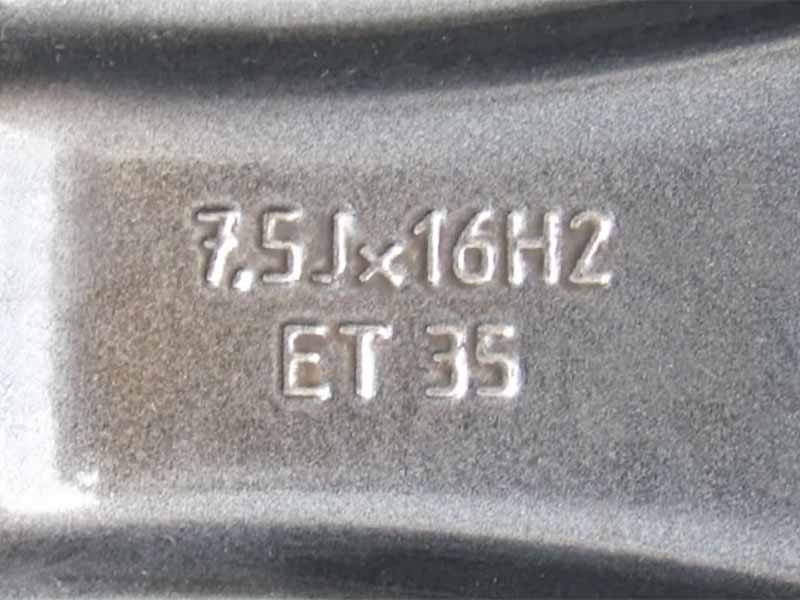
Wheel Offset Comparison Calculator
New wheels can have different width and offset which can have a big effect of tire rubbing. Wheel offset and width can usually be found stamped or molded into the backside of your wheel.
Input your OEM wheel size and new wheel size to find the new inner and outer wheel face positions.
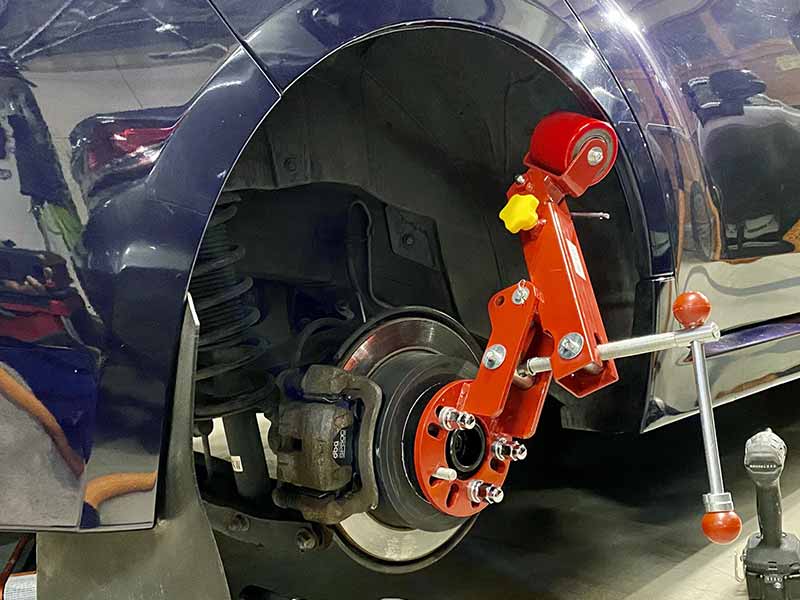
What Is Fender Rolling?
Fender rolling is a technique used to modify a vehicle’s fenders to create additional clearance between the tire and the fender’s inner lip to prevent tires rubbing. This is achieved by using a specialized tool called a fender roller, which is designed to gradually bend the inner lip of the fender upward and inward.
The main purpose of a fender roll is to prevent tire rubbing caused by larger or wider tire and wheel setups, aggressive suspension setups, or lowered vehicles. By creating extra clearance, fender rolling helps to avoid damage to both the tires and the fender itself.
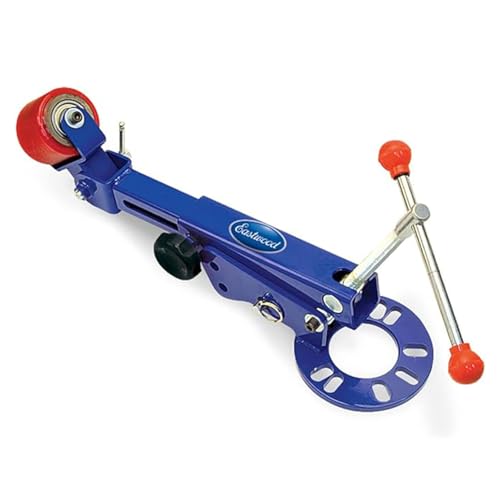
Eastwood Fender Roller
Fender Rolling Process
- Preparation: Before starting the fender rolling process, it’s important to clean the area thoroughly to remove any debris or dirt. The vehicle should be properly lifted and supported on jack stands with the wheels removed for easier access to the fenders.
- Heating The Fender: To prevent paint cracking during the rolling process, the fender area should be gently heated using a heat gun. This makes the paint more pliable and reduces the risk of damage.
- Using The Fender Roller: The fender roller is attached to the vehicle’s hub and adjusted to apply pressure to the inner lip of the fender. The roller is then carefully and gradually moved back and forth along the fender’s edge to bend the lip upward and inward.
- Final Steps: Once the fender has been sufficiently rolled, allow the area to cool down and inspect it for any signs of paint damage or imperfections. The wheels can then be reinstalled, and the vehicle lowered back onto the ground.
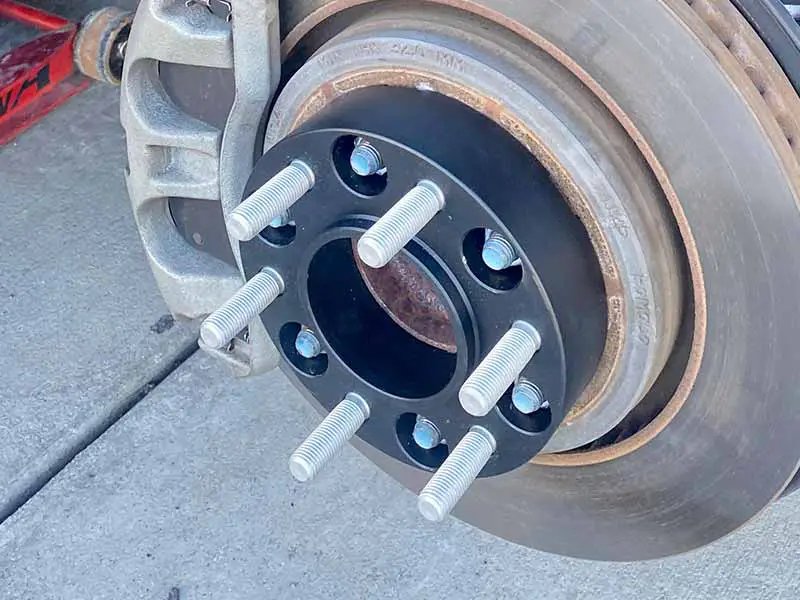
Will Spacers Keep Tires From Rubbing?
Wheel spacers are metal components that are installed between your vehicle’s wheel hub and the wheel itself. They effectively increase the distance between the wheel and the hub assembly, pushing the wheel outward.
Wheel spacers are commonly used to create additional clearance between the tire and the vehicle’s body, suspension, or brake components. This can help to resolve tire rubbing issues, as well as improve the overall look and stance of the vehicle.
Using Wheel Spacers To Prevent Tire Rubbing
- Clearance: Wheel spacers can help prevent tire rubbing by creating extra space between the tire and inner fender or wheel well. This added space can help to eliminate contact between the tire and the vehicle’s body or components during turns or over bumps.
- Fitment: It’s essential to choose the correct thickness of wheel spacers for your specific vehicle and tire setup. Too thin, and you may not achieve the desired clearance; too thick, and you could create new rubbing issues or negatively affect your vehicle’s handling and performance.
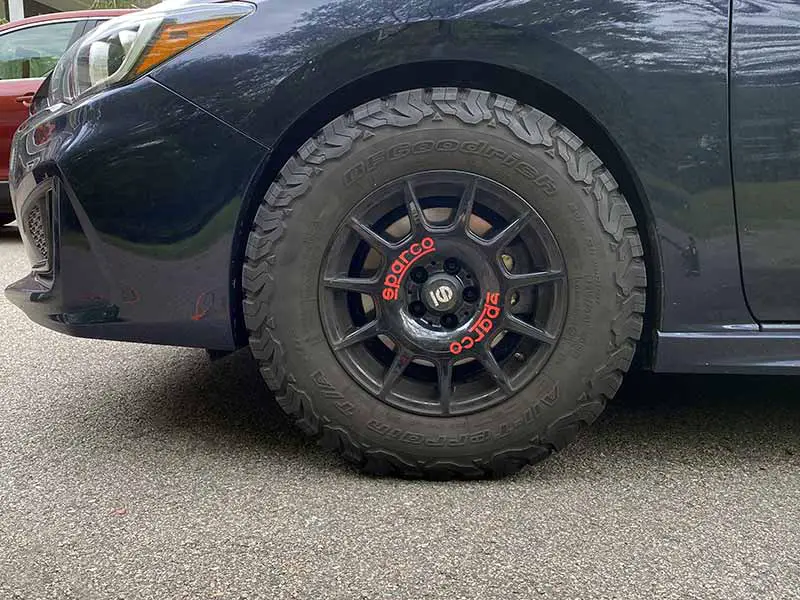
Replacing Wheels And Tires To Fix Rubbing
Matching aftermarket tires and wheels to the original equipment manufacturer (OEM) wheel and tire size is important to prevent your tires rubbing when turning. OEM tire sizes are specifically chosen to fit your vehicle without causing rubbing issues or negatively affecting its performance. To find the OEM tire size for your car or truck, consult your owner’s manual or check the tire information sticker in the driver’s side door jamb.
Similarly, it’s important to match the OEM wheel offset and size when replacing or upgrading your wheels. This ensures proper fitment and minimizes the risk of a tire rubbing problem. The wheel size can also be found in your owner’s manual or on the tire information sticker.
Consult Online Forums And Similar Communities For Advice
- Community Input: Online forums and subreddits specific to your vehicle’s make and model can be invaluable resources when searching for the right tire and wheel offset and sizes. Fellow car and truck enthusiasts may share their experiences and recommend suitable wheel and tire assembly combination that will fit without rubbing.
- Custom Setups: If you’re considering custom wheel and tire setups, these online communities can also provide helpful insights into which combinations work best for your specific vehicle without causing any rubbing issues.
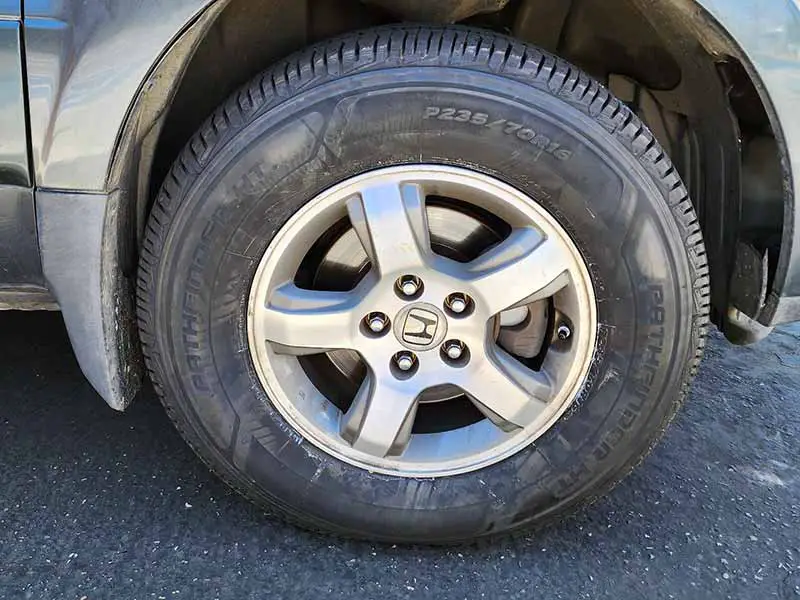
Fixing Tire Rub Due To Alignment And Suspension Issues
Wheel alignment involves adjusting the angles of your vehicle’s wheels to the manufacturer’s specifications. Proper alignment ensures your tires are parallel to each other and perpendicular to the ground, which is essential for even tire wear, improved handling, and preventing tires rubbing when turning.
Misaligned wheels can cause tires to sit at improper angles, which may lead to rubbing, particularly during turns. Addressing alignment issues can help prevent rubbing and extend the life of your tires.
Over time, your vehicle’s suspension components, such as shock absorbers, struts, and bushings, can wear out or become damaged. Worn or damaged suspension parts may cause your vehicle to sag or sit lower, increasing the chances of tire rubbing.
Regularly inspect your suspension components for wear and tear, and replace them as needed. Maintaining a healthy suspension system will help prevent tire rubbing issues and improve overall vehicle performance.
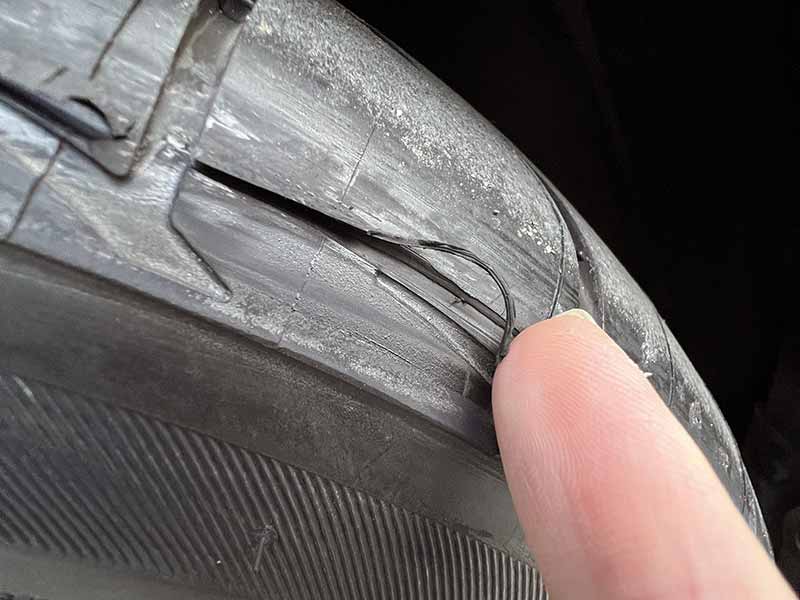
Is Tire Rubbing Dangerous?
“Is tire rubbing really dangerous?” The short answer is yes, it can be. In the following section, we’ll discuss the risks associated with tire rubbing to help you understand the potential dangers and the importance of addressing this issue promptly.
Risks Associated With Tire Rubbing
- Premature Tire Wear: Constant rubbing against the fenders, wheel wells, or suspension components can cause uneven and premature wear on your tires. This not only shortens the lifespan of the tires but may also lead to reduced traction, affecting your vehicle’s performance and safety.
- Reduced Handling And Stability: Tire rubbing can impact your vehicle’s handling and stability, especially during turns or while driving over uneven surfaces. This may cause your vehicle to be less responsive or predictable, increasing the risk of accidents or loss of control.
- Vehicle Damage: Ignoring tire rubbing can lead to damage to other components of your car or truck, such as the fenders, wheel wells, or suspension parts. This can result in costly repairs and potentially compromise the structural integrity of your vehicle.
Importance Of Addressing The Issue Promptly
- Ensuring Safety: Addressing tire rubbing issues as soon as possible helps to maintain the safety of your vehicle, ensuring it performs optimally and minimizes the risk of accidents or other dangerous situations.
- Preventing Further Damage: By taking care of tire rubbing problems early, you can prevent further damage to your vehicle’s tires and other components, saving you time and money in the long run.
- Maintaining Vehicle Performance: Properly functioning tires are essential for your car or truck’s performance. By addressing tire rubbing issues, you’ll maintain your vehicle’s handling, stability, and overall performance.
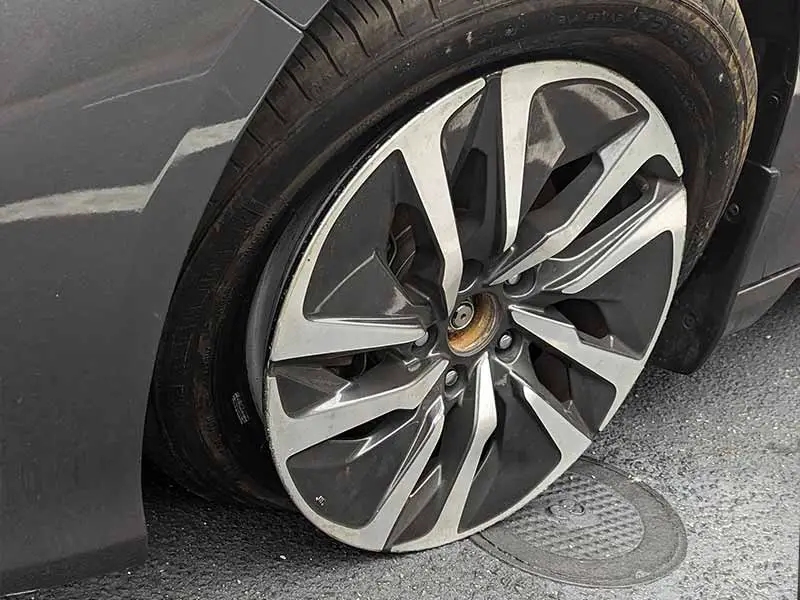
Resources
Below are some links you may find helpful when learning about tires
Final Thoughts
We’ve explored the common causes of tire rubbing, such as incorrect tire sizes and alignment problems, and provided solutions to help you prevent and fix the issue.
Remember, ignoring tire rubbing can put your safety at risk and lead to costly repairs. As the saying goes, “An ounce of prevention is worth a pound of cure.” By taking the time to inspect and maintain your vehicle, you can keep tire rubbing issues at bay and enjoy a smoother, safer drive.
Good luck and happy motoring.
